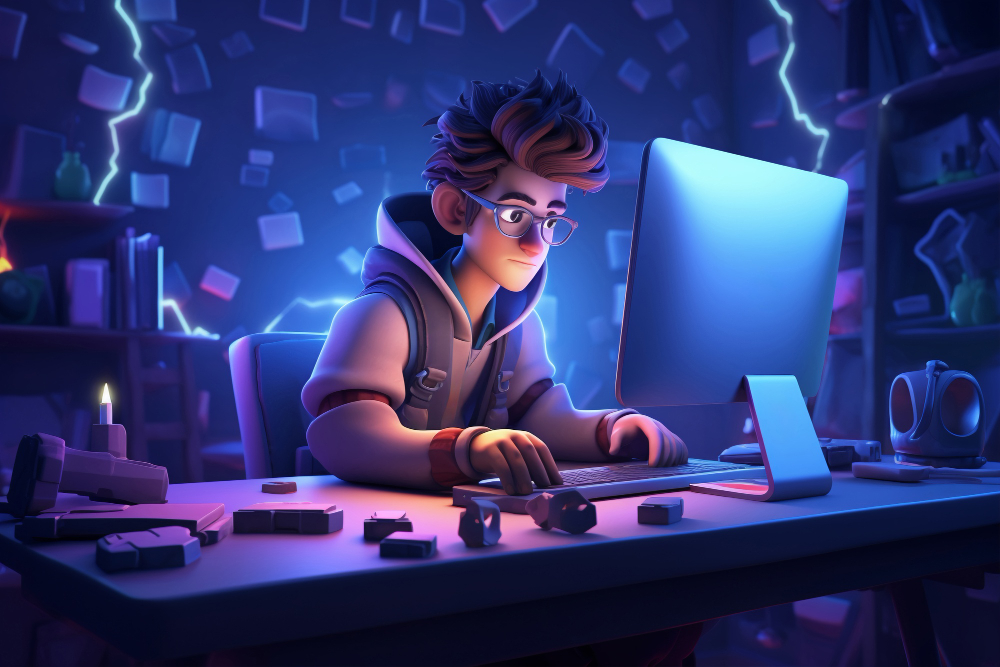Original Content: Introduction
With rapid advancements in artificial intelligence (AI), various industries are exploring the potential to automate repetitive and labour-intensive tasks. Image generation using AI has emerged as a significant area of interest, demonstrating remarkable potential for creativity and efficiency.
Definition of AI Image Generation Technology
This innovative technology leverages AI algorithms to create realistic and high-quality images, simulating real-world objects, scenes, or even people. By employing deep learning techniques, it produces visuals that closely resemble natural and man-made subjects.
Technology Behind This Innovation
The foundation of this image generator lies in its convolutional neural network (CNN), trained on a vast dataset of images. Through this training, the AI is able to recognize visual patterns and characteristics, enabling it to generate new images that combine and modify these learned features.
Features of This AI Solution
A key feature of this solution is its ability to deliver highly realistic images with detailed precision. It offers customization options for various aspects, such as subject matter, background, and lighting conditions. Moreover, it can produce a large volume of unique images swiftly, offering significant time savings for designers and content creators.
Use Cases
This AI technology finds applications across several fields. In the gaming industry, it aids in creating detailed game assets and characters. Additionally, it serves product design, architectural visualization, and digital marketing by generating captivating visuals. Creatives such as artists, photographers, and designers also benefit from it as a source of inspiration.
Advantages
The primary benefit is the reduction in time and effort needed for image production, freeing creatives to focus on more artistic aspects of their work. Chipmunk AI can generate images that meet specific design standards, ensuring consistency and coherence in visual content.
Limitations
Despite its advantages, there are limitations. The output quality heavily depends on the diversity and richness of the training data, which can sometimes lead to biased or unrealistic images. Additionally, it may not fully capture complex contexts, occasionally resulting in visuals that don't accurately reflect the intended scenario.
Comparison with Similar Technologies
When compared to other image-generating tools, this AI stands out for its sophisticated use of deep learning and its capability to produce customizable, realistic images. It offers a more advanced solution, enhancing the image generation process beyond the scope of other available systems.
Future Prospects
The future appears promising for this AI technology. As AI continues to advance, we can expect further improvements in image generation capabilities. Enhancements in training datasets and algorithms are poised to revolutionize industries reliant on visual content, marking a significant leap forward.
Conclusion
The advent of AI-driven image generation opens new possibilities for automated image creation, providing immense value to creatives and industries alike. Its efficiency in producing realistic, customizable images promises to transform the visual content landscape, with future advancements likely to expand its utility even further.

